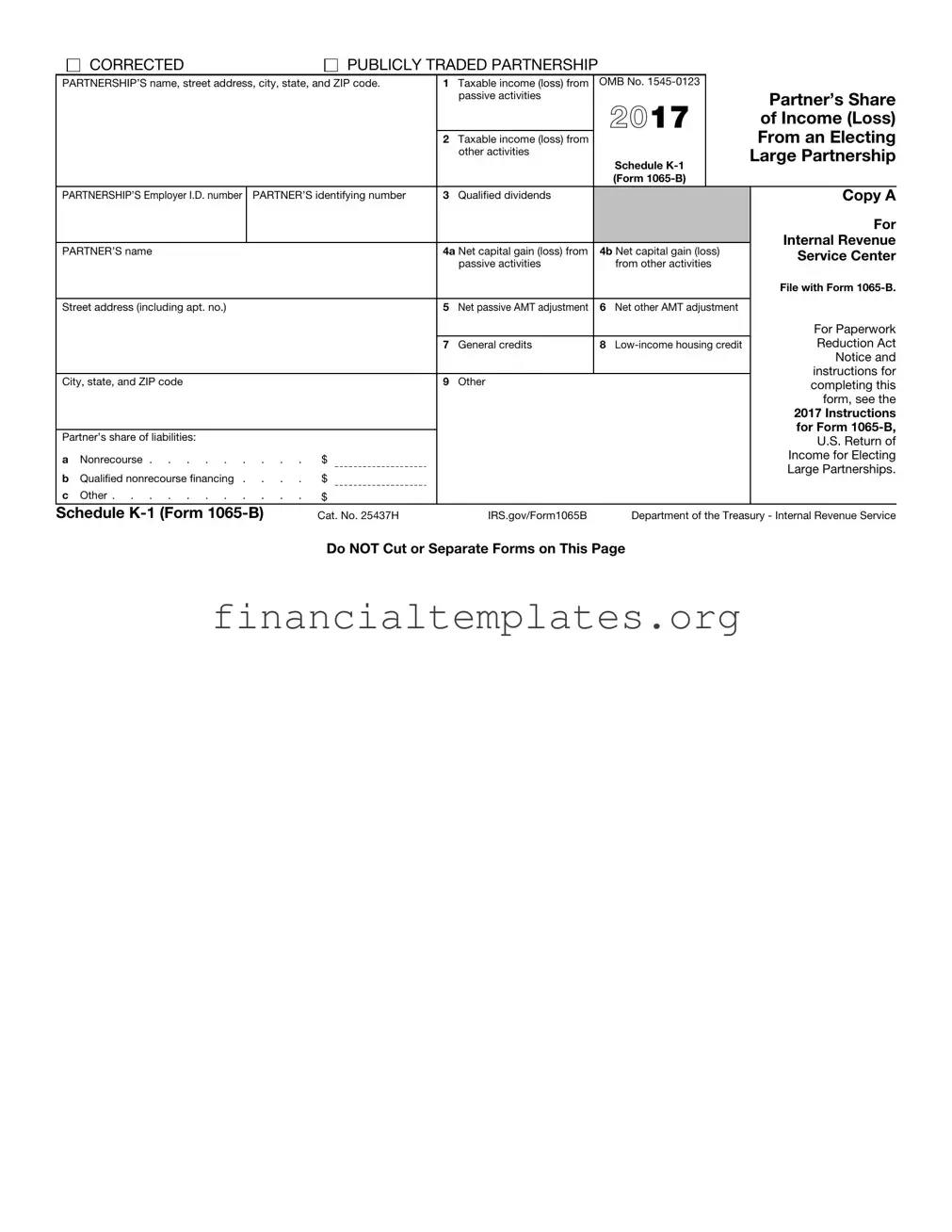The Form W-2, Wage and Tax Statement, bears similarities to the 2016 IRS K-1 form as it reports an individual's annual earnings and the taxes withheld from those earnings by their employer. Just like the K-1 form outlines a partner’s share of income, deductions, and credits from a partnership, the W-2 provides detailed financial information but on the employment front. It specifically outlines the employee’s compensation and tax deductions, playing a pivotal role in personal tax return preparation.
Form 1099-MISC, Miscellaneous Income, is akin to the K-1 form in that it is used to report income outside of salaries, wages, and tips. It covers the freelance or contract work, royalties, and rents, very much like how K-1 reports income from partnerships. Both forms cater to the reporting of income from varied sources, though the nature of the income and the source entity differ, focusing on individual and partnership dimensions of income reporting respectively.
The Schedule C (Form 1040), Profit or Loss from Business, shares a common purpose with the K-1 form, documenting an individual's business income and expenses throughout the tax year. While K-1 details a partner's financial information from a partnership, Schedule C does so for sole proprietors. They are alike in that they both inform the IRS about the financial status of a business entity related to an individual, crucial for accurate tax liability assessment.
Form 1065, U.S. Return of Partnership Income, directly relates to the K-1 form in the context of partnership reporting. While Form 1065 is used by the partnership to report its income, gains, losses, deductions, and credits to the IRS, the K-1 form, a part of Form 1065, records each partner’s share of these financial elements. In essence, both serve the partnership taxation requirements, but from entity and individual perspectives, respectively.
The Schedule E (Form 1040), Supplemental Income and Loss, is employed for reporting income from rental real estate, royalties, partnerships, S corporations, estates, trusts, and residual interests in REMICs. It is similar to the K-1 form as it is another means through which a partner in a partnership can report their share of income or loss. Both are integral for disclosing passive income types, ensuring comprehensive tax reporting.
Form 1120S, U.S. Income Tax Return for an S Corporation, although it is for S corporations, parallels the K-1 form’s function for partnerships. The K-1 form details a partner’s share of income and losses, while Form 1120S serves a similar purpose but for shareholders of an S corporation. Each shareholder’s individual share of the corporation's income, deductions, and credits are reported, akin to partnership dynamics in the K-1.
Form 1041, U.S. Income Tax Return for Estates and Trusts, is used to report income, deductions, and credits of a decedent's estate or a trust. Similar to the K-1 form, which allocates income and losses to partners of a partnership, Form 1041 allocates estate or trust income to beneficiaries. Both forms are essential for ensuring that income from these entities is correctly reported and taxed on the individual level.
Form 8832, Entity Classification Election, while not a direct income reporting form, relates to the K-1 in that it affects how an entity is taxed, which in turn influences the nature of tax reporting documents like the K-1. Entities may choose their tax classification, impacting how partners or owners report their share of business income. The election made on Form 8832 can determine whether owners receive a K-1 or another form of income report.
Form 8865, Return of U.S. Persons With Respect to Certain Foreign Partnerships, is similar to the K-1 form but applies to international partnerships. U.S. persons who are partners in a foreign partnership use Form 8865 to report income, losses, and other financial activities, paralleling the domestic partnership income reporting on the K-1. Both serve to ensure transparency and compliance in the taxation of partnership income, whether domestic or foreign.



